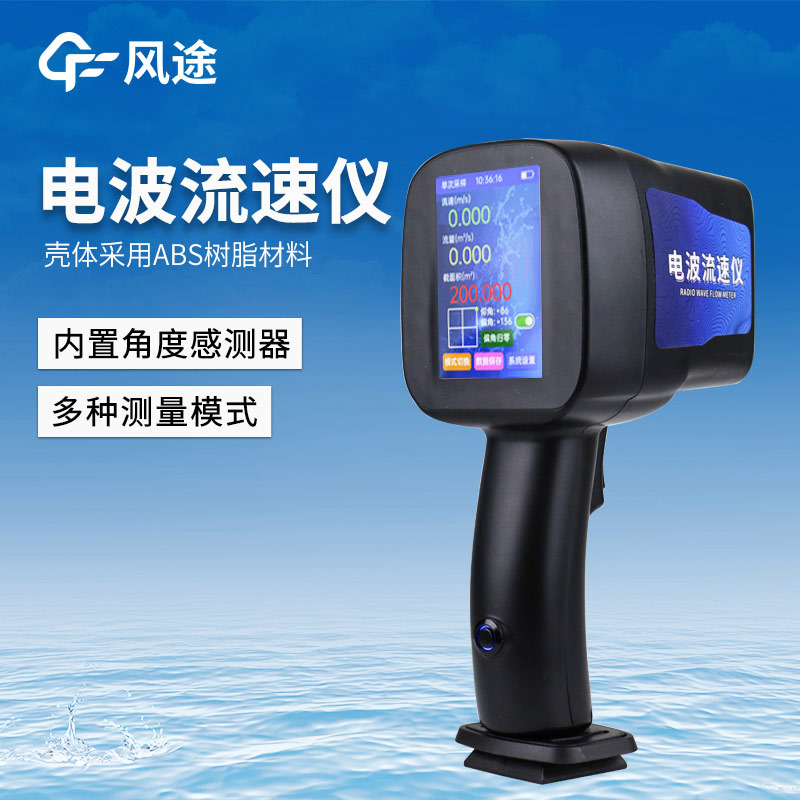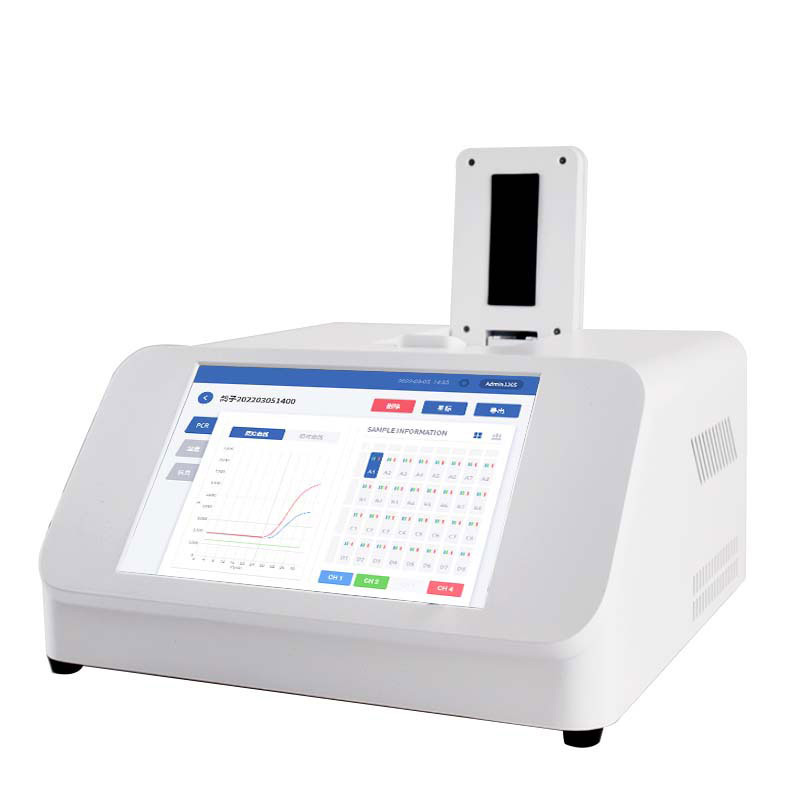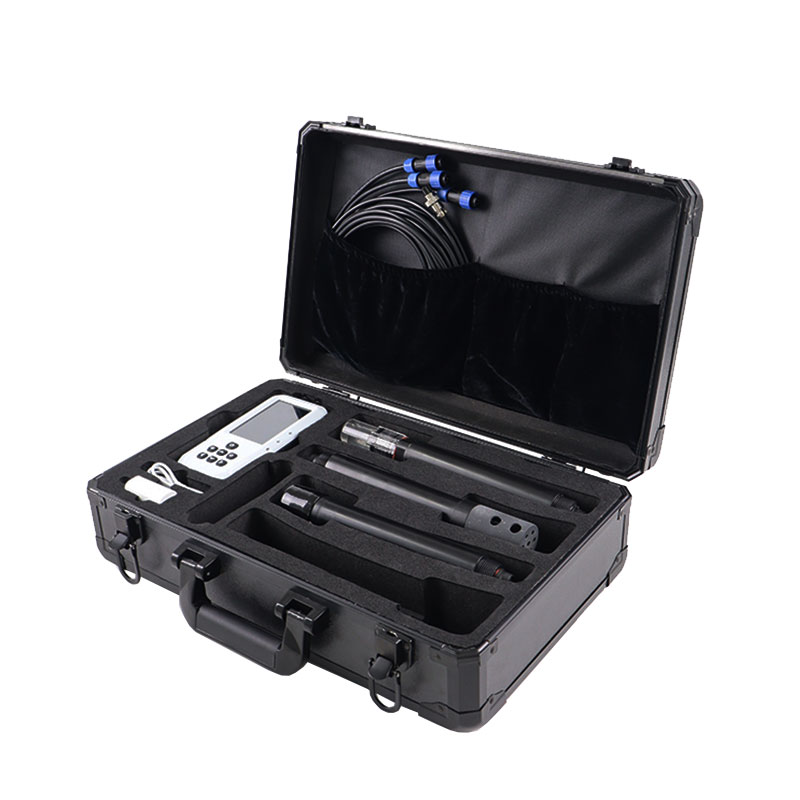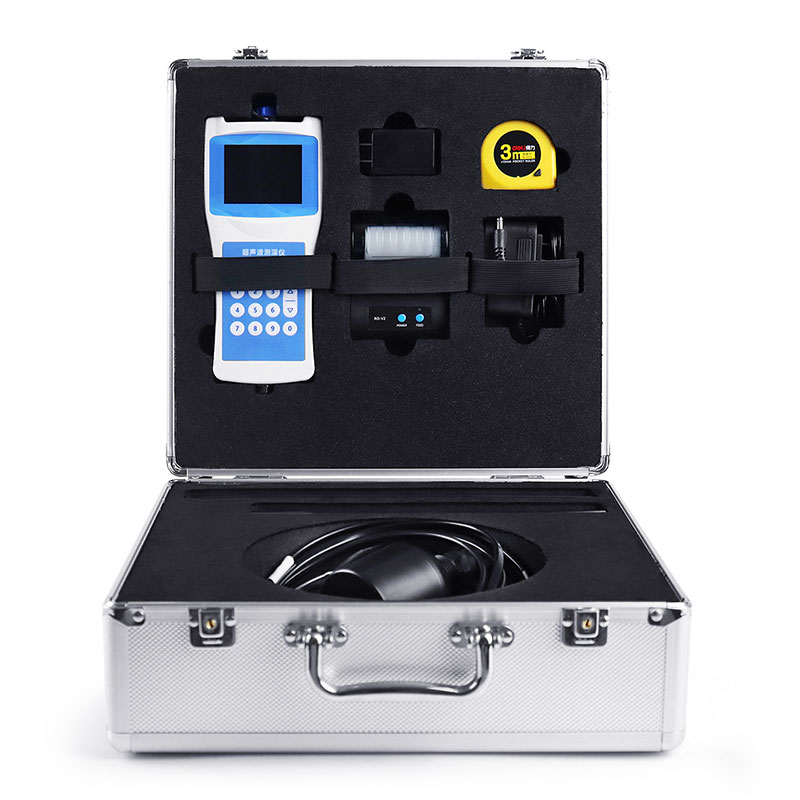Water flow velocity is one of the key parameters in many fields such as water conservancy projects, environmental monitoring, and related scientific research. Accurately measuring water flow velocity is of great significance for the rational allocation of water resources, flood control and disaster reduction, water environment governance, and other tasks.
With the continuous advancement of technology, water flow velocity measurement instruments are also constantly upgrading, with an increasing variety. At present, common water flow velocity measurement instruments include the following types:
Float Method: This is a traditional measurement method that calculates water flow velocity by releasing a float on the water surface and measuring the displacement of the float over a certain period. This method is simple and intuitive but is greatly affected by external factors and has relatively low measurement accuracy, generally used in situations where high measurement accuracy is not required.
Propeller Current Meter: It uses water flow to impact the propeller to make it rotate and determines the water flow velocity based on the rotation speed of the propeller. It has a relatively simple structure and low cost, and is widely used in medium and small rivers, irrigation channels, and other places. However, it also has disadvantages such as limited accuracy and being easily affected by debris in the water.
Ultrasonic Doppler Current Meter: Based on the Doppler effect principle, it calculates the flow velocity by measuring the frequency change of ultrasonic waves in the water flow. It has the advantages of non-contact measurement, high accuracy, and the ability to measure multi-directional flow velocities, and can be applied to various water environments. However, the equipment cost is relatively high, and it requires a certain level of technical expertise from operators.
Hand-held Radar Current Meter: It uses K-band radar technology to measure water flow velocity in a non-contact manner and has many advantages.
The hand-held radar current meter FT-LS5+ features a compact and portable body, light weight, and is easy to carry and operate. It can be held by a single person or installed on a tripod for measurement, which is very practical for field measurements or emergency monitoring scenarios. It is equipped with a 3.5-inch touch screen that clearly and intuitively displays measurement data such as flow velocity and discharge, and supports switching between Chinese and English interfaces to facilitate users with different language backgrounds.
With a measurement range of 0.1-30 m/s and a measurement accuracy of up to ±3%, ±0.01 m/s, it can meet the needs of most water flow velocity measurements. It is equipped with a rechargeable lithium battery with a battery life of up to 10 hours, ensuring long-term stable operation during field measurements without frequent charging, adapting to long-term measurement tasks in various harsh environments. The instrument also comes with a goniometer that can automatically correct horizontal and vertical angles to ensure the accuracy of measurement data. It has a USB interface that supports data export via a USB flash drive, facilitating subsequent data analysis and processing.
At present, the hand-held radar current meter FT-LS5+ is widely used in the measurement of flow velocities in water bodies such as rivers, sewage, mud, and oceans.

This paper addresses:https://www.fengtusz.com/industry/737.html









